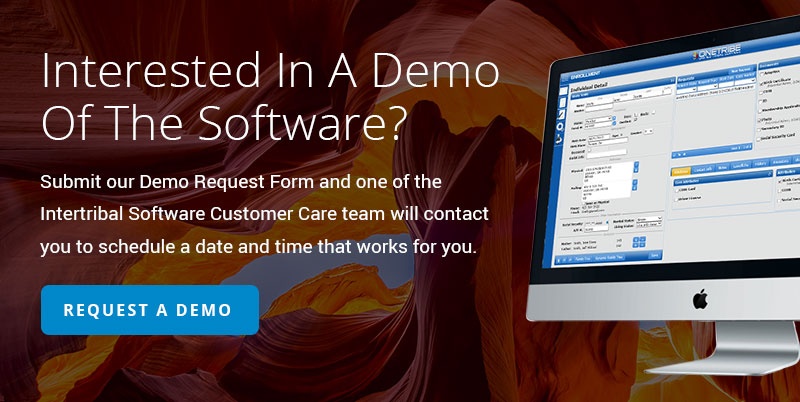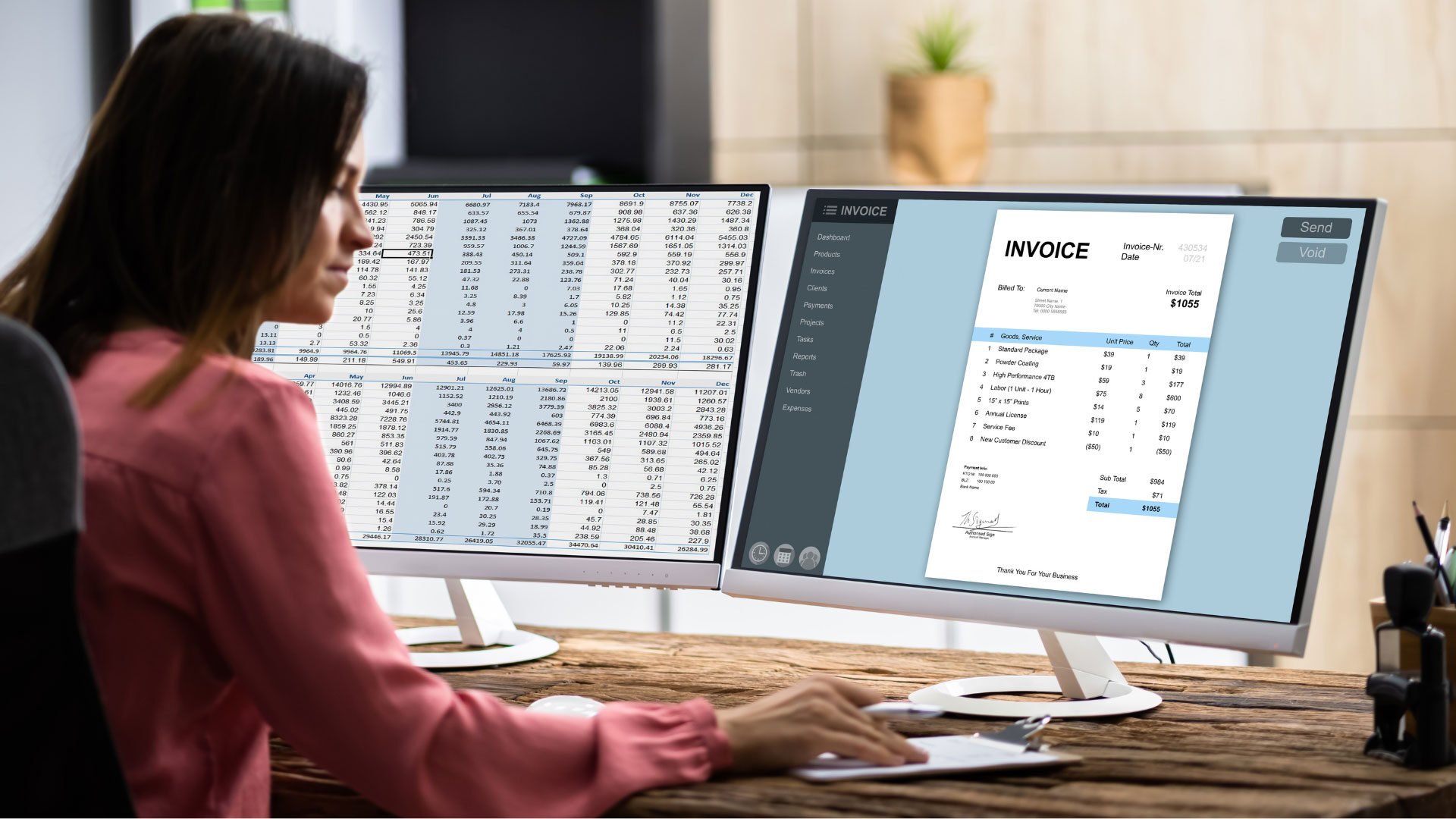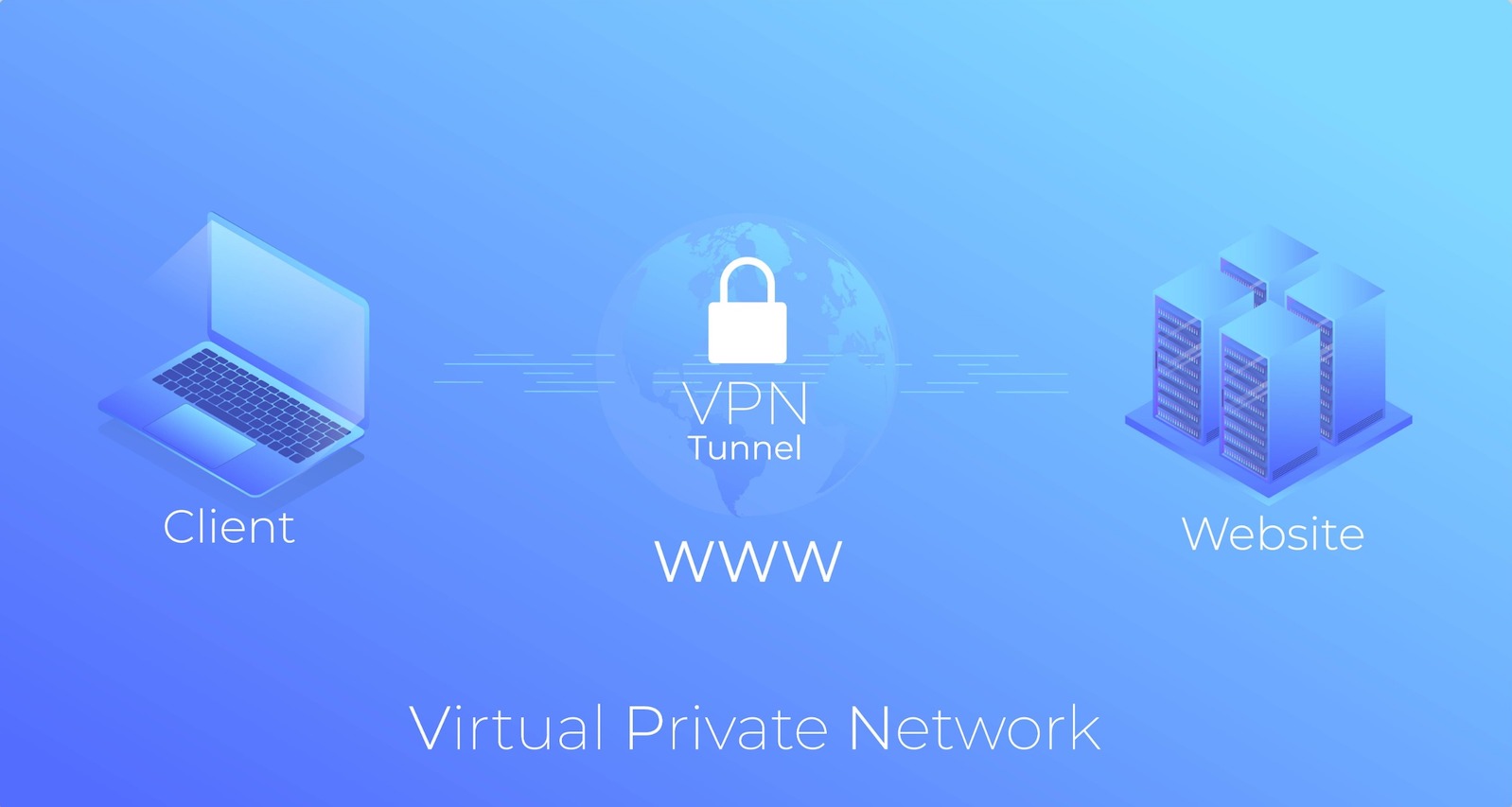
Technology by itself is hard enough to adapt to and figure out — much less learning all the terminology that comes with a new software solution. Digital transformation, along with its many operational changes, results in a large pool of new acronyms and tech terms to learn as well. Fortunately, we’ve listed a few of the most commonly used acronyms and terms for you here, so you can familiarize yourself with ones you’ll encounter when implementing a digital transformation solution for your tribal government.
Although it almost feels like a new language to learn, as you use and hear them more, you’ll get more familiarized with how they apply to the end goal: decreased costs and increased efficiency for your tribe.
SaaS = Software as a Solution<
Software as a solution is an overall method for users to connect and use cloud-based apps by using the internet. This is commonly bought on a subscription-based model and compiles all your email and document storage in one place. SaaS functions as an umbrella term that encompasses and powers all of your needed programs without having to manually install them on every computer device that uses them.
Project Roadmap
A roadmap for a digital project implementation functions as a visual representation that showcases the direction of your software over a certain timeframe. Many times, your software solution will have ongoing updates and improvements as you continue adoption (an added benefit to a digital cloud-based option vs a traditional, paper-based system).
RPA = Robotic Process Automation
Robotic process automation is defined as an application that automates everyday business processes. Often called a digital workforce, these software “robots” can perform everyday tasks including data entry and document routing to help save time and add efficiency for your workforce.
Read more: What is Robotic Process Automation?
OCR = Optical Character Recognition
Optical character recognition is a technology that enables you to file scanned documents and convert them into searchable and editable digital data. This gives you flexibility around saving data in the format most convenient. It also lets you edit and share files with other peers and partners quickly.
ECM = Enterprise Content Management
Enterprise content management is the allocation and organization of information into a streamlined format. This changes depending on the level of implementation and processes needed. A multifaceted group of technology and strategies are utilized together to capture and deliver data through the proper channels of communication.

UX = User Experience
User experience describes the way a user interacts with a product, website, or computer application — especially its usability in terms of ease and visual appeal. You’ll often hear this used when describing the web-based design of a software solution, as user experience is key to helping drive adoption quickly.
Metadata
Metadata is defined as information attributed to your files and data, including date created, size, and more. Thanks to metadata, you’re able to go into a software’s search bar and input terms that will make the information easily retrievable — cutting down on time spent searching or sifting through files.
Wanting to learn the other benefits to a digital transformation strategy?
Read more:
5 Reasons Why Tribal Governments Can’t Ignore ECM Software
And if you're ready to learn more about OneTribe Software, contact us to book your free demo today.
Sign Up For Our Newsletter
Recent Posts
- Innovations in Housing: Revolutionizing Tribal Housing with Digital Tools for Management
- Empowering Tribal ICW Departments: Achieve ICWA Compliance and Certification Success with OneTribe® Software
- OneTribe CCA - Your Child Care Data Tracker Replacement Solution
- Transform Your Tribal Member Services With Integrated Software Solutions
- Intertribal Software Raises Strategic Investment
Categories
- OneTribe Software
- digital transformation
- tribal government software
- Laserfiche ECM
- Intertribal Software Consultants
- Childcare Assistance
- Housing Management
- Intertribal Software
- tribal member management
- AFCARS Data Collection
- Child Care Data Tracker
- Child Welfare
- Housing
- ICWA
- ICWA Compliance
- Indian Child Welfare Act
- OneTribe Platform
- Title IV-E Certification
- Tribal Data Tracker
- Tribal Family Services
- Tribal Housing
- Tribal ICWA Software
















